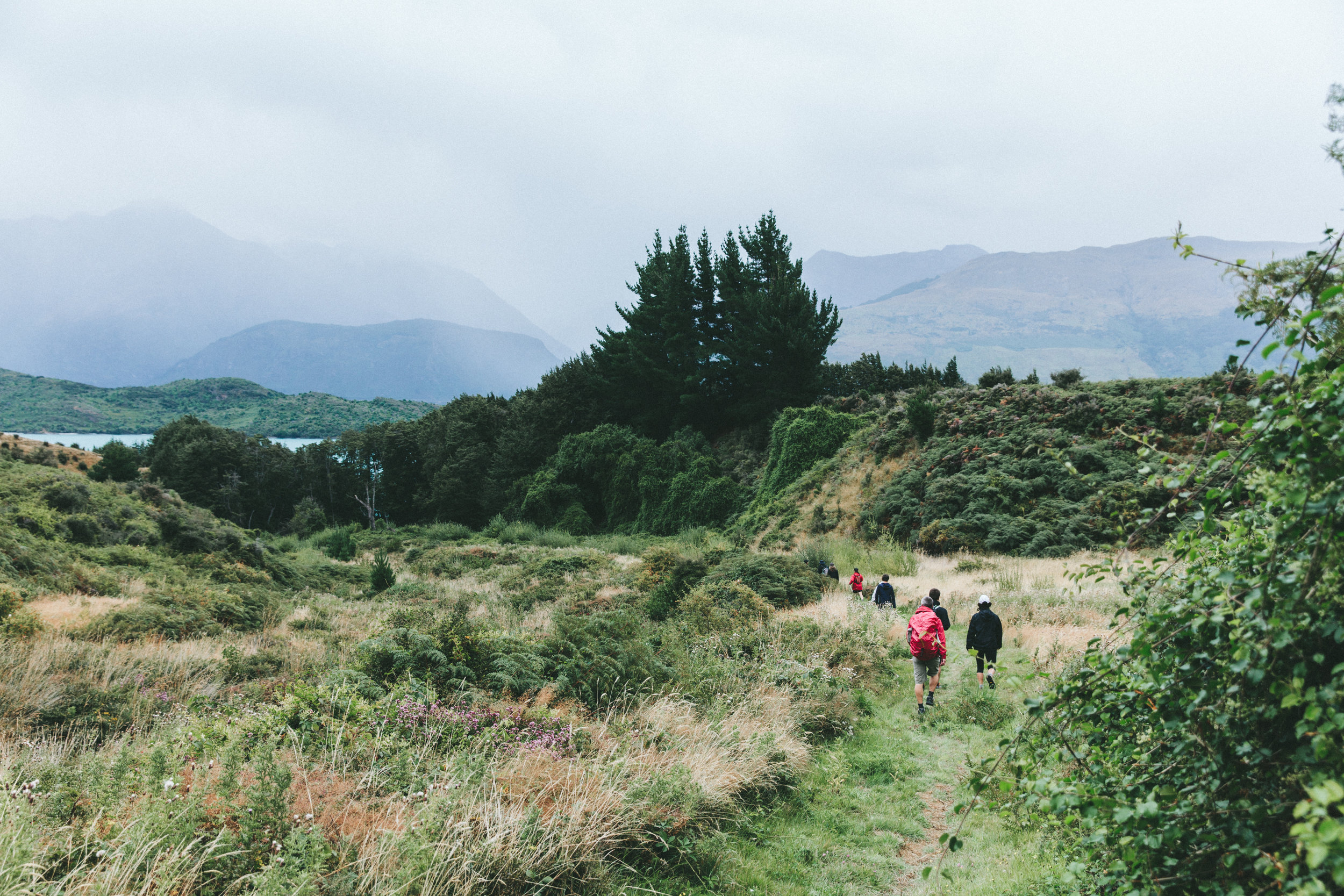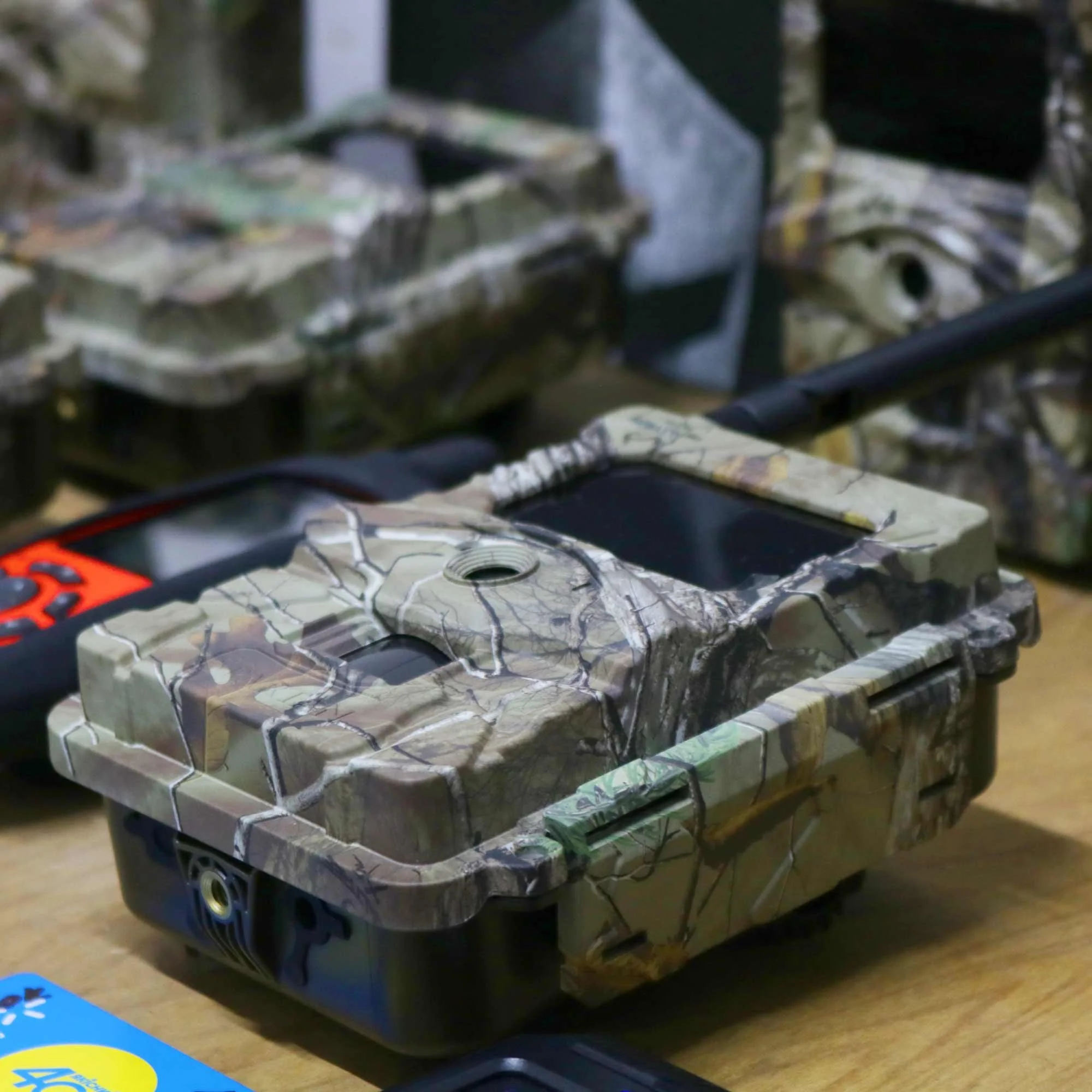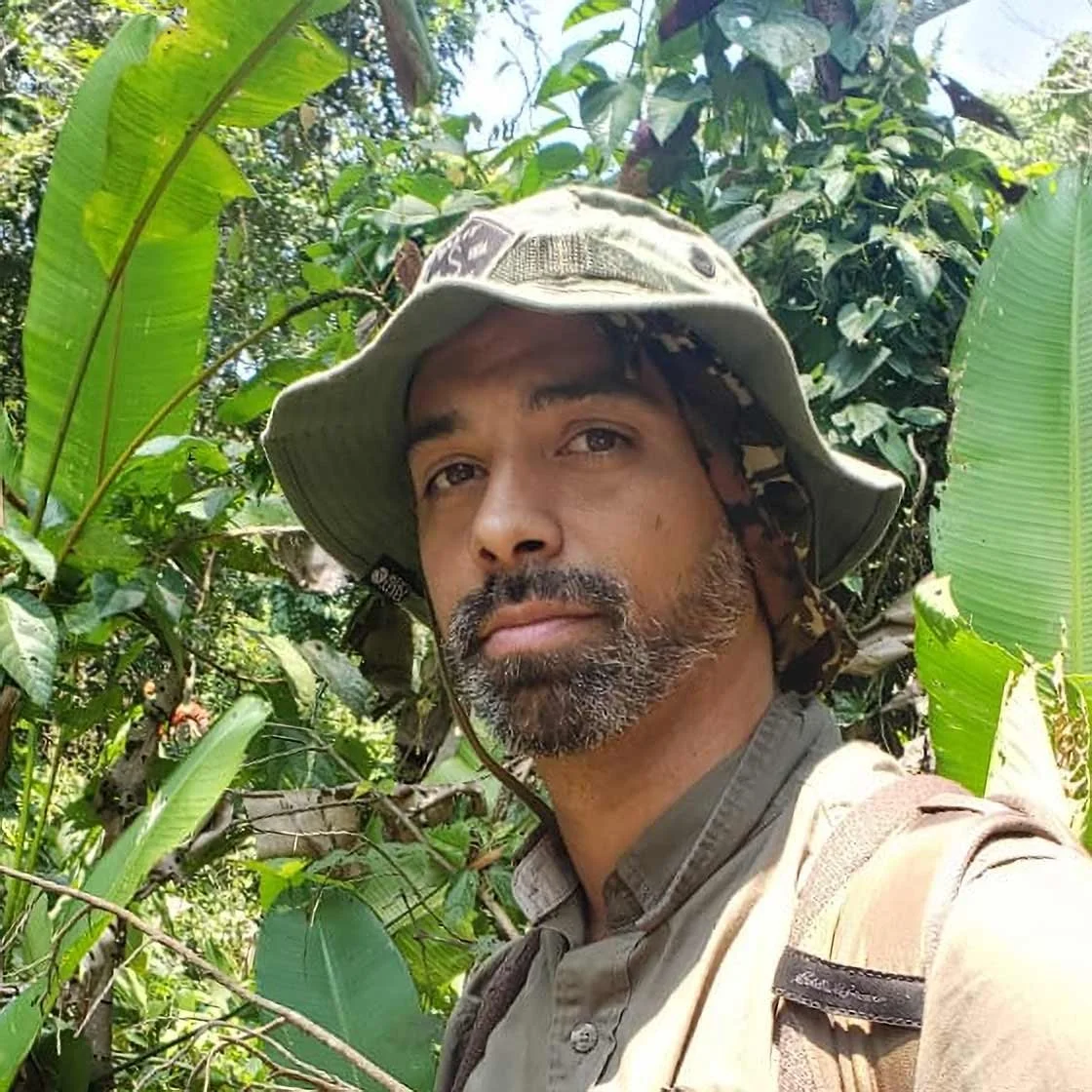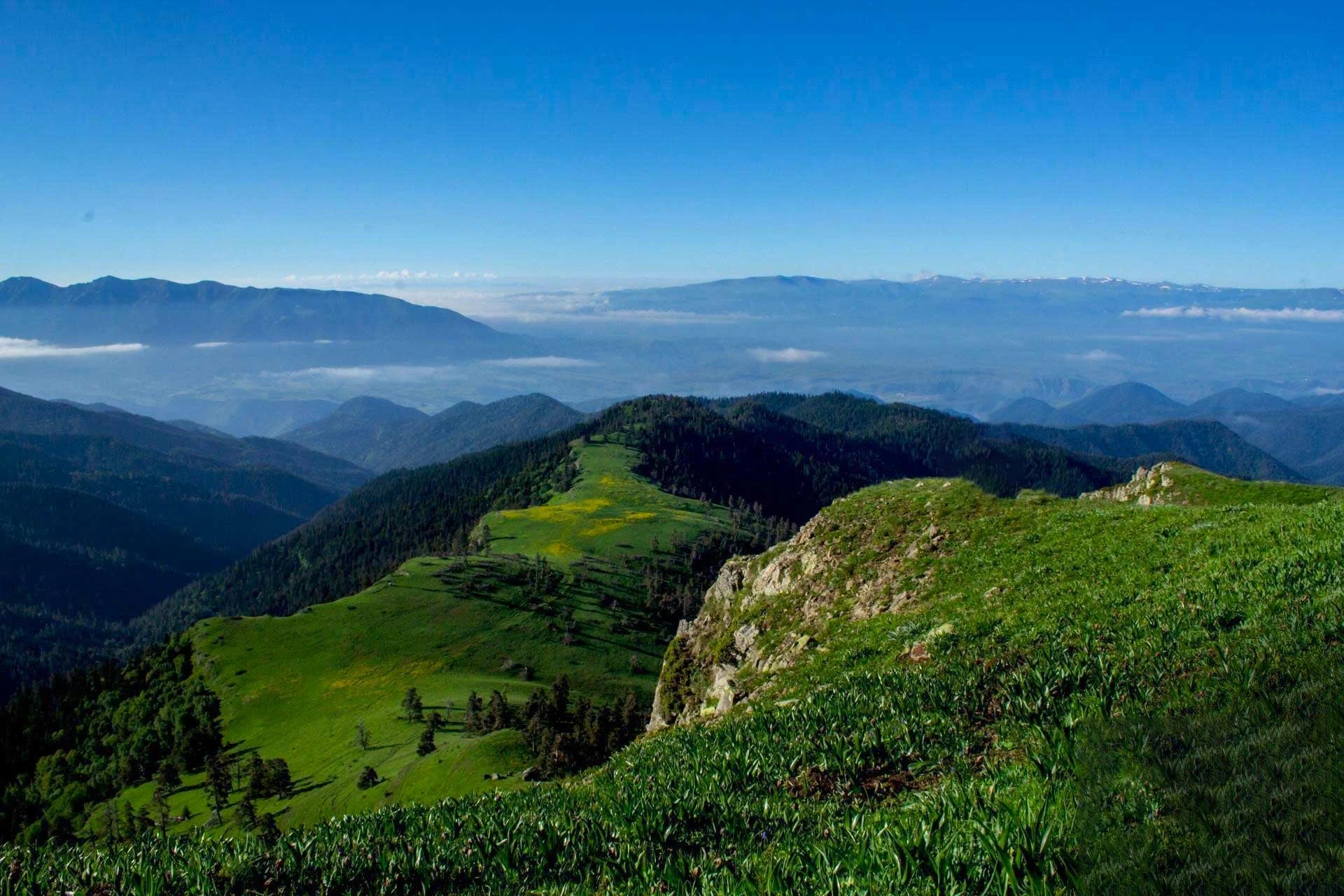
Your partners in Global Park Defense
Providing on the ground solutions in the world of conservation
WHAT WE DO
Community involvement, surveillance and security, cutting edge technology, and sustainability through accountability.
What Wildlife Protection Group Is All About
Global Park Defense
Global Park Defense is a system of programs to achieve “No Cut, No Kill” protection in some of the world’s most endangered wildlife parks.
At Wildlife Protection Group, we specialize in helping NGOs deploy Global Park Defense for protecting endangered parks and forests.
Threat and Risk Analysis
Every project starts with an extended visit to the area for a detailed evaluation of the landscape, threats, challenges, relevant parties, and needs regarding personnel and equipment.
Security and Logistics
We will make a comprehensive plan of action to address threats and needs in the area. We provide equipment, cutting edge technology and training to help often vastly outnumbered rangers or authorized wildlife defenders work more efficiently and effectively.
Project Oversight Plan
Solid leadership and oversight is a core tenet of Global Park Defense. We maintain constant real-time contact with Rangers and personnel on the ground, and administer solutions and strategies to ensure success.
Global Park Defense
At WPA, we specialize in helping NGOs deploy the Global Park Defense system for protecting endangered parks and forests.
Global Park Defense systems and training aim to achieve ‘No Cut, No Kill’ protection in some of the world’s most endangered wildlife parks.
Global Park Defense is a proven system that uses tools like aerial and ground surveillance, SMART ranger patrols, community involvement and satellite-based forest monitoring to enable developing countries to fight threats to their natural treasures.
Part 1: Community
Helping communities develop solutions for their basic needs, such as clean water, is important and builds trust. We work to establish a plan to ensure surrounding communities have access to these basic resources and services. This is often the starting point prior to the deployment of Global Park Defense.
Part 2: Components
Many national park rangers lack the necessary equipment to communicate within their park boundaries and the surrounding area. On the ground, in the air, and on land and sea, Wildlife Protection Agency helps deploy and maintain the technologies and techniques that are vital to effective surveillance of protected areas.
Part 3: Deployment
With the successful deployment of Global Park Defense, and the necessary long-term funding, effective protections can be established in critical ecosystems within two to three years. This process begins with the selection of parks that have a real chance to be saved, and a complete analysis of the critical factors on the ground in each location.
Greg Brown
FOUNDER, WILDLIFE PROTECTION GROUP · DEDICATED TO CONSERVATION
6
YEARS
Security and Logistics
3
YEARS
Anti-poaching
Global Park Defense
2
YEARS
Solar and Water
NRA certified Range Safety Officer · Firearms instructor · Bushmasters Jungle Survival and Combat · Off-road Vehicle Specialist · River Guide · Wilderness survival course · Active Shooter Response Instructor Training · GPD Handbook Co-author
What Our Partners Are Saying
“Greg has been an integral part of helping Global Conservation deploy our Global Park Defense system across the globe. His deep understanding of the technologies leveraged, and ability to work one-on-one to train rangers on the ground has been paramount to our success thus far.”
—
Jeff Morgan
Global Conservation
“We faced many difficulties, from budget, to patrol, to a large and difficult region to safeguard. Greg was able to come in and work with our team, getting them trained in equipment and techniques quickly and efficiently. I look forward to working again with Wildlife Protection Group and Greg.”
—
Park Director
Mana Pools
“We have been working with Greg for many years, since early on in the establishment of the park. Setting up communication systems and programs, working with local officials, and with community-based patrols has been a great benefit. Greg is an essential resource and asset in the field and in planning.”
—
Park Director
Sierra Del Divisor
Recent Projects
Let’s meet up in real life to share in preserving the beauty of the natural world.
Enter your contact information below and we’ll be in touch with you right away. We appreciate your interest.










